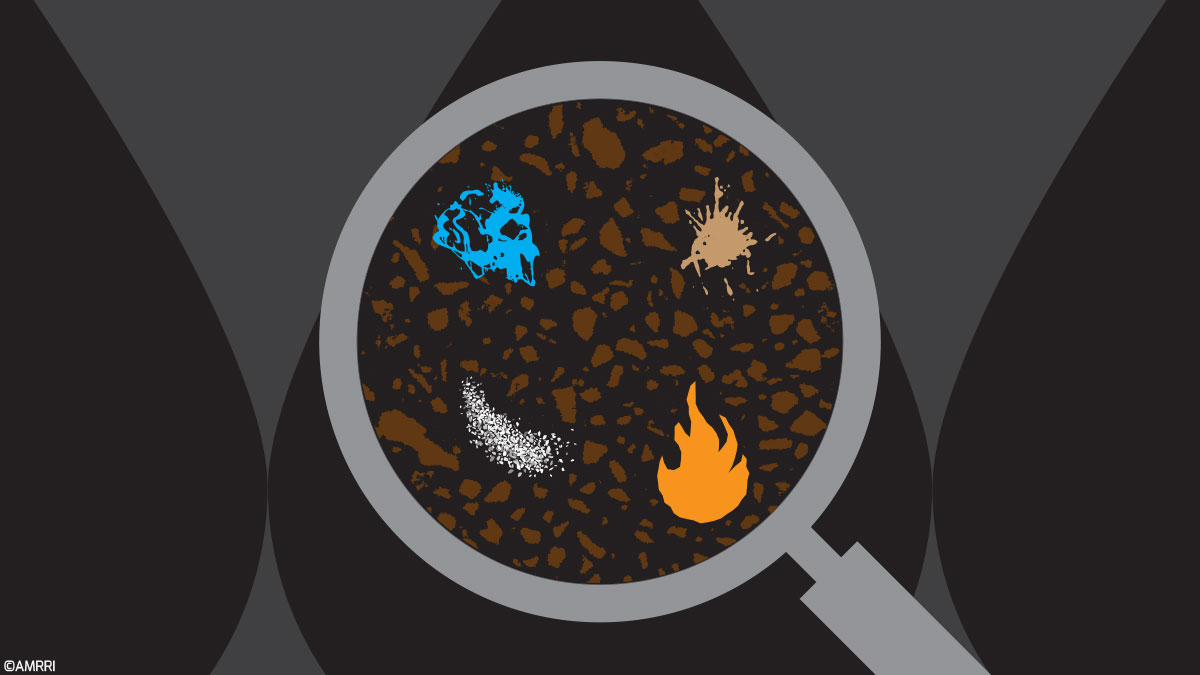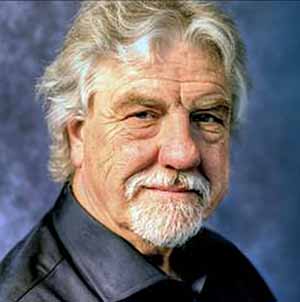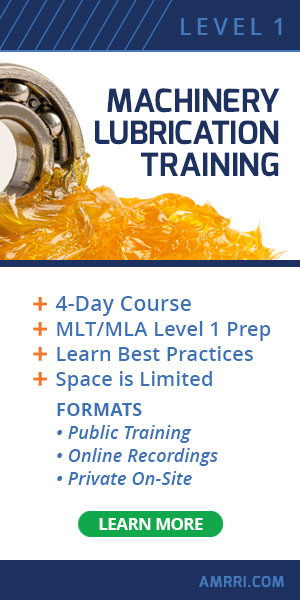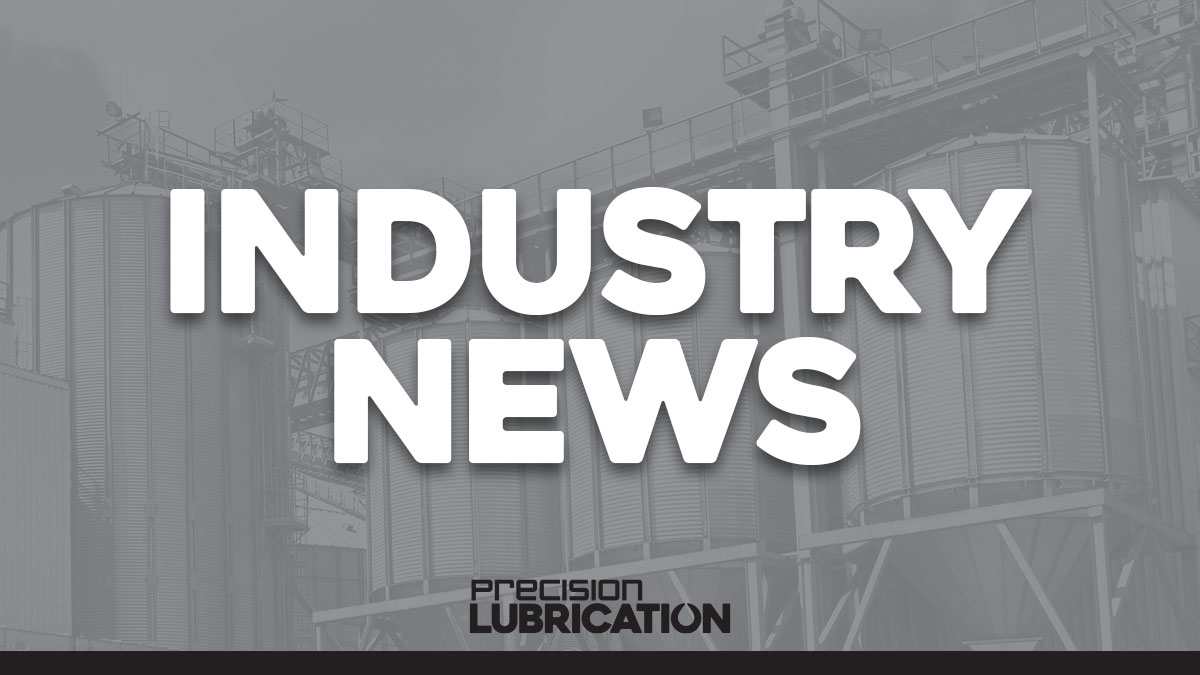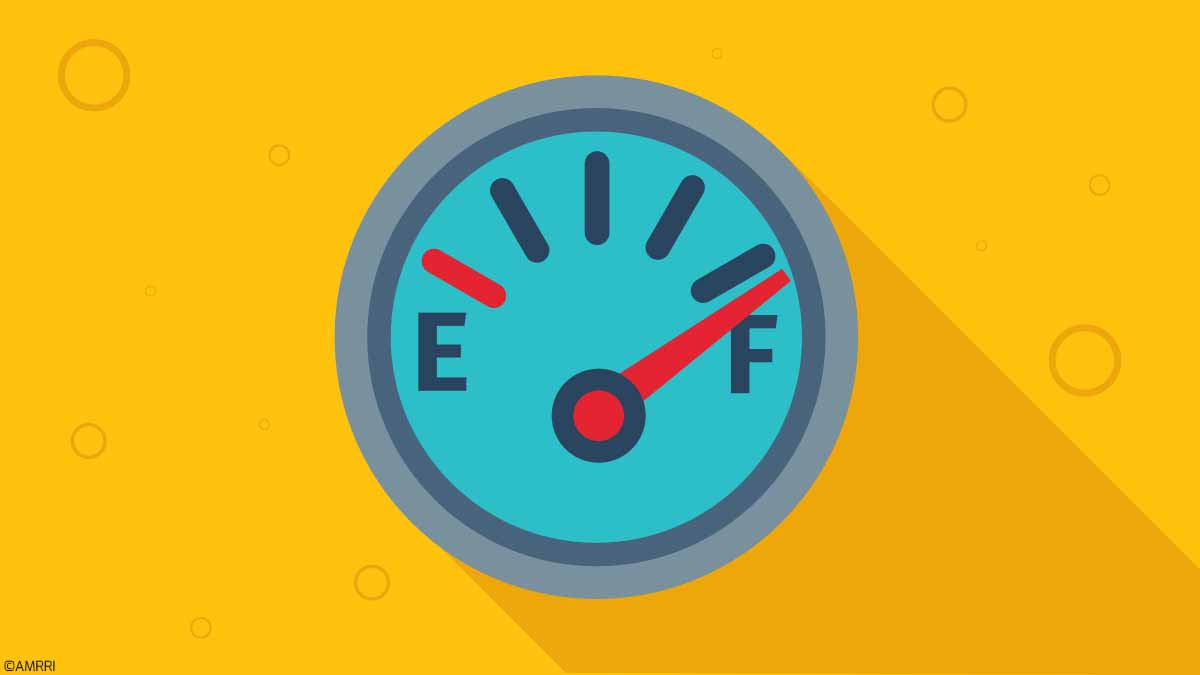If a machine is to provide service life past its warranty stage, its designer must envision and consider all operating conditions under which it will operate in the field.
For example, to mitigate the effects of severe and semi-severe conditions, the design must be adjusted to protect bearing surfaces from contamination by water, heat, and fine particulate matter (dust, dirt, and manufacturing debris) in such environments.
The dictionary defines contamination as a constituent, impurity, or some other undesirable element that spoils, corrupts, infects, wears, or reduces the fitness of a material, physical entity, or environment.
Translation:
Contamination is a machine killer. And sites that operate lubricated-equipment systems can’t afford to ignore it.
Suppose a machine has a replaceable/washable filter, screen, or breather as part of its fluid-management systems, i.e., lubrication systems, hydraulic systems, pneumatic air systems, etc.
In that case, we can assume the OEM (Original Equipment Manufacturer) designer/engineer fully expects the machine and its operator/maintainers to manage associated airborne and fluid-borne contaminants.
Built-in sacrificial machine-filtration elements are designed to provide an inexpensive method of controlling potential contamination issues and protect the delicate close-tolerance machine bearing surfaces.
If the equipment’s reliability and availability are to be truly maximized, contamination control through machine design must be backed up with a maintenance/operations-contamination avoidance strategy once the unit has begun operating.
Contamination Control
When bearing surfaces interact, they rely on a sufficient supply of clean, contaminant-free lubricant to separate and protect their surfaces.
Strategically placed filters in the lubrication system ensure any particles or moisture are extracted and trapped in its media before the lubricant can enter the lubricated zone(s) and cause surface damage.
Most filters for this type of contamination control incorporate a passive surface-attractant media that restricts and captures suspended contaminants (dirt or water) as a lubricant or lubricated air flows through or across it.
Depending on the working conditions, the expected contaminate particle size, and the fluid-flow rate, filter-media construction can vary from simple wire mesh gauze to, among other things, wire wool, pleated paper, cellulose, porous metal, fiberglass, diatomaceous earth, and felt.
Due to heavier fluid viscosity and line-delivery pressures with grease systems, heavy-gauge coiled wedge wire or wire mesh filters are employed to attract large solid contaminants that may be introduced into the lines from a dirty grease-gun nozzle.
Enclosed, sealed gearboxes and reservoirs require breather devices to equalize pressure and control solid and moisture contamination. Old-style breathers constructed of wire wool can only protect against large solid contaminants 40 + microns in size.
Such breathers are regularly replaced with newer styles that employ desiccant-like silica gel hydrophilic media. This media type allows reservoirs to breathe and prevent outside airborne particulates 3+ microns in size from entering the reservoir.
It also can wick and capture moisture from inside the reservoir while preventing outside moisture from entering the reservoir or gearbox chamber.
Remember that severe water contamination in a gearbox or lube reservoir is best detected and drained off using integrated external sight gauges (tube and bullet style) that employ drain and sample ports.
Additional workplace contamination control methods may be required in severe environments, such as those involving substantial manufacturing-process-raw-material particulate. These methods can include:
- physical protective barriers/covers over bearing areas
- positive- or negative-pressured manufacturing areas with airlocks and HEPA (high-efficiency particulate air) filtration
- positive lock-on fill systems that require no fill caps or drains
- closed-loop expansion-tank designs that eliminate the need for breathers.
Contamination Avoidance
Once a machine is operating in the field, it is up to the maintenance and operation staff to work as a team and ensure the workplace is kept as free of contaminants as possible.
Unfortunately, although contamination avoidance is a primary strategy for reducing and eliminating premature bearing failure, it is often conspicuous in its absence from many lubrication programs.
A good contamination-avoidance program requires little to no capital outlay, fits perfectly into any PM/PdM program, involves the cooperation of operators and maintainers, and is based on common sense.
Contamination avoidance ensures contaminants cannot contact a machine and its bearing-protection systems.
Effective contamination avoidance calls for a good relationship between operations and maintenance teams and a healthy respect for machines and their components. The following five points sum up the foundational elements of any contamination-avoidance initiative:
- Good housekeeping, Order, and Cleanliness: This refers to the machine, lubricant-storage area, and transfer equipment. Ensuring that dirt doesn’t accumulate on machinery and equipment surfaces is Preventive Maintenance 101. It’s also the responsibility of operators and maintainers alike. The introduction of a simple 5S program will facilitate this element.
- Lubrication Training: Understanding the consequences of failing to arrest contamination is mandatory. The use of processes and procedures will ensure consistency of effort.
- Lubricant Storage and Transfer Engineering: Dedicated, color-coded, and closeable storage and transfer equipment ensures lubricants are protected from the elements and cross-contamination exposure. The use of automated systems provides minimum lubricant exchange/fill points.
- Condition-Based Oil Changes: Too frequent oil/filter changes can increase exposure to contaminants; infrequent oil/filter changes can exhaust the filtration media and lead to degradation of the lubricating fluids. Condition-checking allows operators and maintainers to become more familiar with the machinery.
- Lubricant Cleanliness: This element means testing all new lubricants and bulk fluids to determine fluid cleanliness and additive-package formulation before use and verify the products have been delivered in a clean-state specification.
Of course, every operation is unique and will require a tailored contamination-control/avoidance strategy. This strategy is arguably the most straightforward, least inexpensive, and most effective reliability program a company can implement. As I’ve often said and written, now is the time to update yours. Why are you waiting?
This article was originally published in The Ram Review



